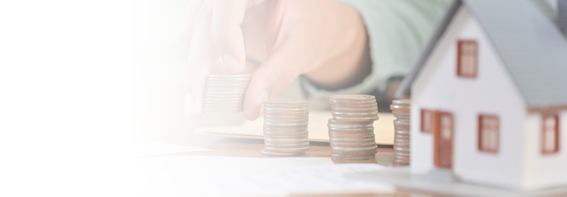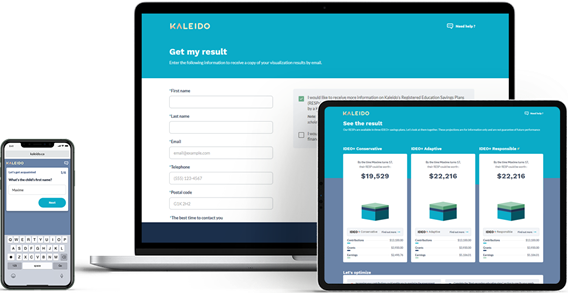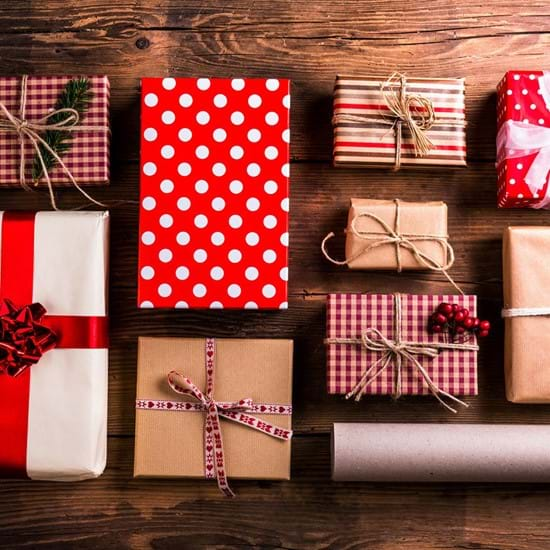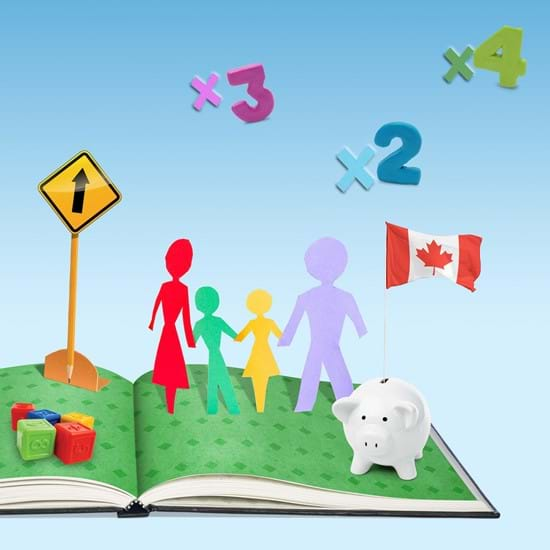
How much do you need for the down payment on your first home?
Buying your first home is an exciting project, but it can also be a source of financial stress. Raising the necessary down payment for a home is a very common challenge for first-time buyers. The down payment is one of the biggest costs in buying a home and can be a barrier for buyers seeking a mortgage. Let’s take a closer look at down payments and untangle the various incentives offered by governments.
What is a down payment on a home?
The down payment on a home is the amount of money a financial institution asks you to provide before it gives you a mortgage. In other words, it is the principal amount that is not covered by the mortgage loan.
The larger your down payment, the smaller the loan amount, and the lower your mortgage payments. So it’s a good idea to save as much as possible for your down payment in order to reduce your mortgage payments and your interest costs.
What is the minimum amount for your down payment?
In Quebec, the minimum down payment for the purchase of a home with a mortgage of less than $500,000 is 5%. For a home priced over $500,000, the minimum down payment is 5% of the first $500,000 and 10% of the remainder. If the purchase price of your home exceeds $1,000,000, your minimum down payment will be 20%.
Calculation of minimum down payment
| Price of the property | $400,000 | $700,000 | $1,000,000 |
| Rate 1 | 5% | 5% | 20% |
| Amount | $20,000 | $25,000 | $200,000 |
| Rate 2 | X | 10% | X |
| Amount | X | $20,000 | X |
| Total | $20,000 | $45,000 | $200,000 |
What is mortgage loan insurance?
Mortgage lenders require buyers with a down payment of less than 20% to get mortgage loan insurance from Canada Mortgage and Housing Corporation (CMHC). This protects your lender in case you can’t make your payments.
The buyer’s insurance premium is calculated as a percentage of the mortgage and is based on the size of your down payment. You can pay the premium up front in a lump sum or add it to your mortgage and include it in your payments. To find out what premiums apply, visit the CMHC website.
How does the First-Time Home Buyer Incentive work?
The federal government’s First-Time Home Buyer Incentive (FTHBI) is designed to help Canadians purchase their first home through a shared-equity mortgage. It provides an additional 5% or 10% for the down payment, which must be repaid after 25 years or when the property is sold, up to a maximum amount.
To qualify for the FTHBI, the buyer still has to make the minimum 5% down payment. The advantage of a shared-equity mortgage is that it reduces your monthly payments and any appreciation or depreciation in the property’s value is shared with the government.
Tips for raising your down payment for your first home
One of the first strategies is to create a budget for raising your down payment. As a prospective first-time home buyer, you should start by looking at your monthly expenses and income and assessing your financial situation. Then you can determine how much you can put aside each month for your down payment. Clearly, if you can cut back on some of your expenses, you may be able to save the money you need more quickly.
A smart way to raise your down payment is to sign up for a systematic saving program. This saving strategy involves putting aside a set amount of money at regular intervals, such as every month. The best way to use systematic saving for a down payment is to transfer the money to an FHSA or RRSP (and then use the HBP).
Contribute to an FHSA
The tax-free first home savings account (FHSA), which will become available on April 1, 2023, combines the benefits of a TFSA and an RRSP: contributions are tax-deductible and eligible withdrawals for home purchases are not taxable. Unlike the HBP, the FHSA does not involve any repayments or limits on the amount withdrawn.
Contribute to an RRSP so you can use the HBP
The Home Buyers’ Plan (HBP) allows individuals to withdraw up to $35,000 from their RRSP for a down payment on their first home. The amount withdrawn must be repaid over a maximum of 15 years, without tax penalty, through minimum annual payments.
How do I get a mortgage as a self-employed person?
Buying your first home when you’re self-employed can be a little more complicated, but it’s not impossible. Many financial institutions offer mortgages to individuals who have been self-employed for at least two years. However, more proof of income will be required. Making a 20% down payment can also maximize a self-employed person’s chances of getting a mortgage.
If you’re self-employed and planning to finance your first home, we recommend you talk to various financial institutions about the options they offer and their specific requirements for your situation.
Things to remember
Buying a home is a major financial decision that requires proper preparation. It is important to find out what financing options are available. Good financial planning can help you achieve your goal of buying a home while minimizing long-term financial risk.
Want to discuss saving and RESPs with our team?

This simple tool will help you calculate how much your child’s postsecondary education could cost.
Takes about 5 min.



